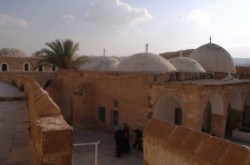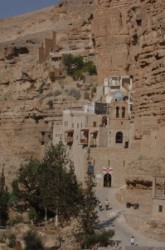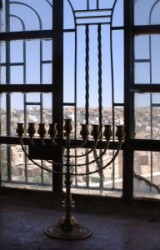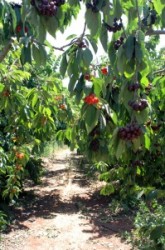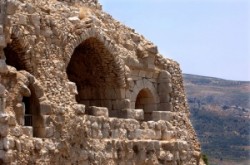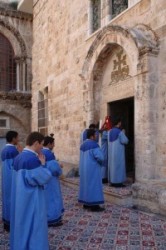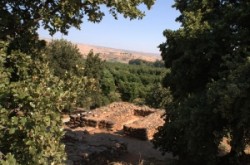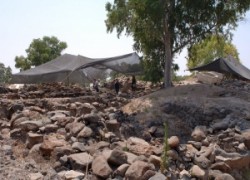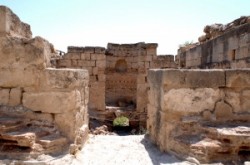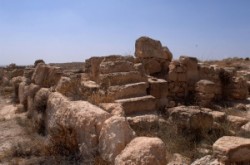
|
|
|
|
|
COUNTRIES, CULTURES, HISTORY / Israel, Holy Land, Palestina
Thousands of pilgrims from all over the world flock to Israel and to the holy land of Christians, Jews and Muslims, Jerusalem, to celebrate Easter, and to visit biblical places like the Wailing Wall, the Church of the Holy Sepulcher, the Temple of Salomon, the El-Aqsa Mosque, the magnificent Dome of the Rock and the Mount of Olives. Wailing wall, Wia dolorosa, Via Crucis |
Galleries in this topic
| |||||||
|
| ||||||
|
| ||||||
|
| ||||||
| |||||||
|
Related topics
Galilea and NorthSamaria and Center
Jerusalem
Judah and Dead Sea
Tel-Aviv
Negev
Jews
Christians
Muslims, Arabs.

